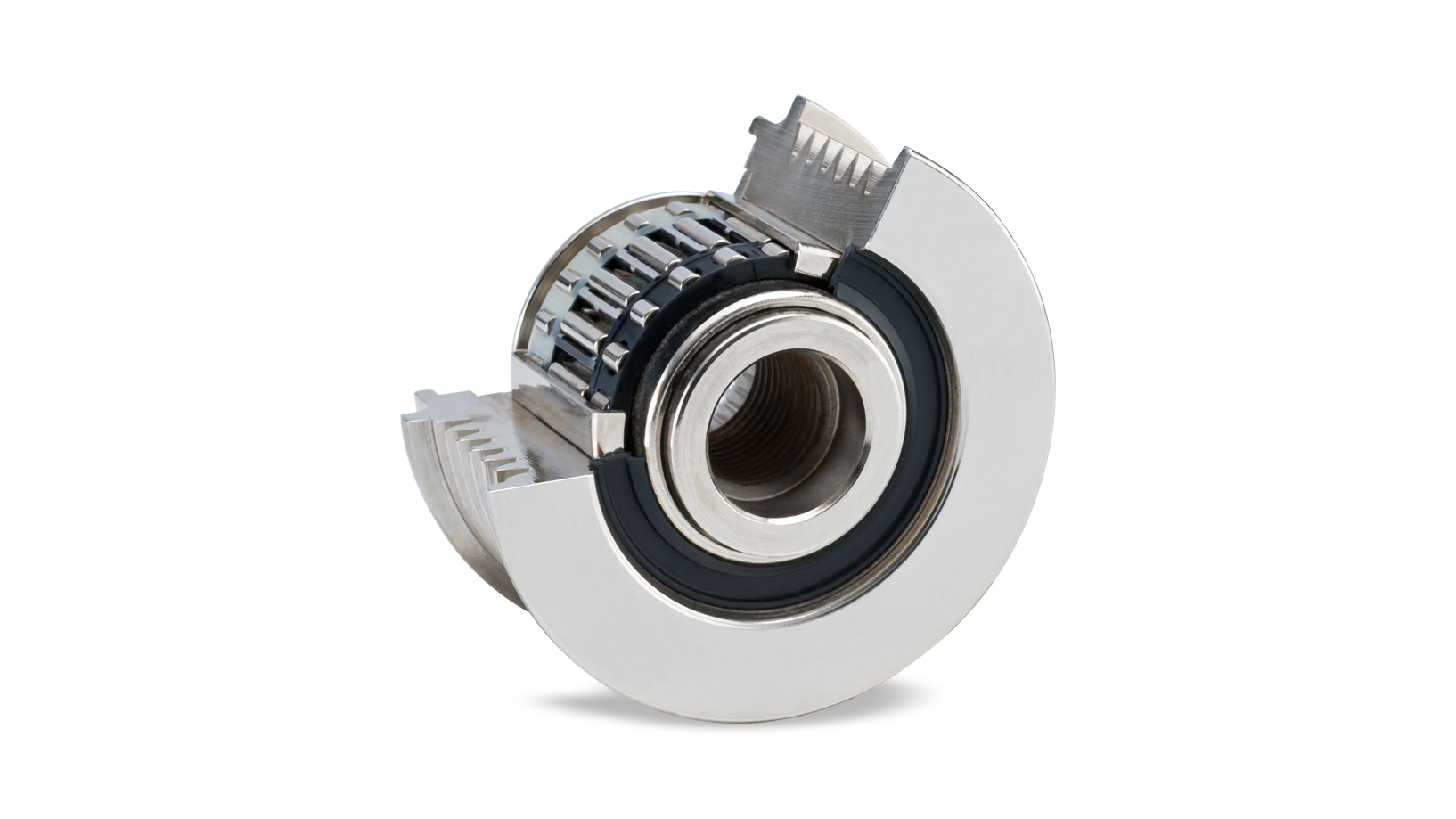An Overrunning Alternator Pulley (OAP) is an advanced development upon the fixed pulley on the alternator in an internal combustion engine of a vehicle. It has mass application in the automobile industry, which uses it to smoothen the operation of the belt drive and reduce noise development by making the operation quieter. It favourably impacts energy efficacy as well.
The Overrunning Alternator Pulley serves to decouple the alternator from rotational irregularities stemming from the constant acceleration and deceleration of the crankshaft in internal combustion engines, particularly those with turbochargers.
By being a pulley system that primarily rotates in a single direction between the shell and the core shaft of the vehicle’s engine, the Overrunning Alternator Pulley serves as an overrunning clutch that nullifies the crankshaft vibrations that are passed on to the power-train drive elements and manages the engine’s RPM when the load changes rapidly during operation.
Where are Overrunning Alternator Pulleys used?
The engine under the bonnet of most recent model vehicles has a belt drive on the side where the Overrunning Alternator Pulley is found mounted at the helm of the belt drive where a threaded connection unites it with the automobile generator.
Why have OAPs assumed so much importance?
The Overrunning Alternator Pulley is hailed as a revolutionary component in the working of the internal combustion engine because of the many benefits that it offers to the generator and the vehicle as a whole.
Cost Minimization on maintenance of the belt drive and surrounding components
- The Overrunning Alternator Pulley, with its singular overrunning clutch system, reduces the belt drive’s operational load, thereby increasing the life of more than ten components, which is very cost-effective in the long run.
Gives the pleasure of a smoother drive
- The modern driving patterns indicate the vehicles remain idle and accelerate in alternate phases. This driving style amounts to pressure on the generator to accelerate after being idle, which means that the engine causes vibrations and noise to generate said power. The Overrunning Alternator Pulley dampens the noise and reduces the transmission of the vibrations to the rest of the elements of the car to ensure a smoother drive.
Generous on the environment and reduces fuel consumption.
- The Overrunning Alternator Pulley is made from a steel profile oiled with lubricants for its life, enabling it to remain effective for longer periods. It can later be recycled easily. The Overrunning Alternator Pulley works in such a manner that every time the vehicle accelerates, rotational energy is generated that is transferred to the rest of the generator, allowing it to work on less amount of fuel – this reduces fuel consumption by a slightly significant amount and reduces the CO2 released by the vehicle.
The Structural Intricacy of the Overrunning Alternator Pulley
The standard Overrunning Alternator Pulley comprises these completes as listed:
- A-Pulley that has an outside diameter amply designed to support a Poly-V Belt
- A Needle Bearing support for a one-way clutch unit
- K-Pinch rollers with a coupling function
- An inner ring with two seals
Post-installation, necessary measures should also be taken in the form of an end cover snapped at the end of the alternator to prevent any contamination of the OAP and the belt drive.
The standard parts of an Overrunning Alternator Pulley are the one clutch unit and the seal. The standardization of the OAP means that it has no resonant frequency of its own and does not ask for any adjustments to alternator sizes, making it a cost-effective option.
The functioning of the Overrunning Alternator Pulley
The Overrunning Alternator Pulley permits the shell and core shaft to rotate in a singular direction.
While driving, when gears are shifted from a lower gear to a higher gear, it reduces the engine’s RPM. When gears are increased, the engine is forced to drop a few thousand RPMs to sustain the high speed. Now while the engine operates at lowered RPMs, the alternator is still spinning at a higher speed from the previous lower gear, displaying a desynchronization between the alternator and the engine. This allows the Overrunning Alternator Pulley to come to the forefront. The Overrunning Alternator Pulley spins freely at the higher speed to match the lowered RPM of the engine and gradually slows down. This allows the alternator to take its time to catch up to the decreased RPMs at the higher gear and be one with the engine again.
Conclusion
Additionally, the Overrunning Alternator Pulley executes a decoupling function when the crankshaft combustion sends pulsations down the engine. As the crankshaft rotates, it varies its speeds in the matter of milliseconds which causes resonant vibrations. The Overrunning Alternator Pulley absorbs these vibrations and prevents them from hitting the alternator. Therefore, these are important to use and many manufacturers use it to improve the workload efficiency.

